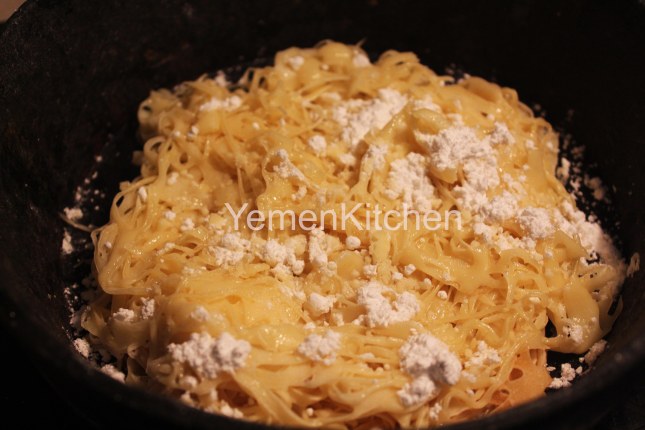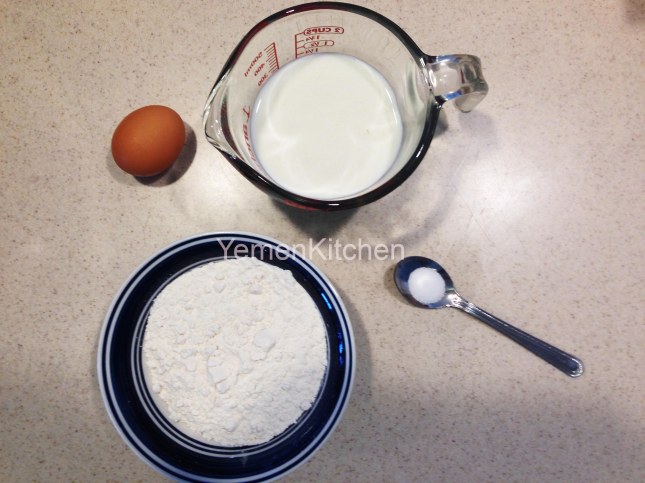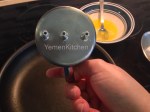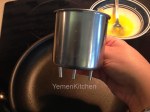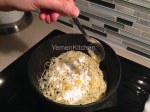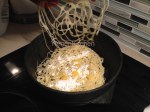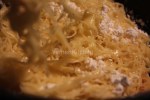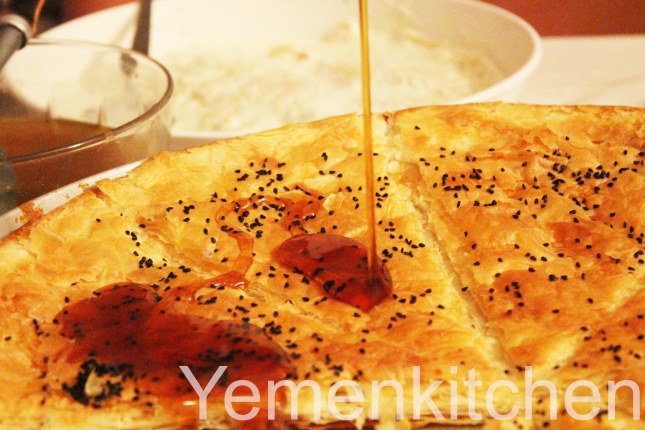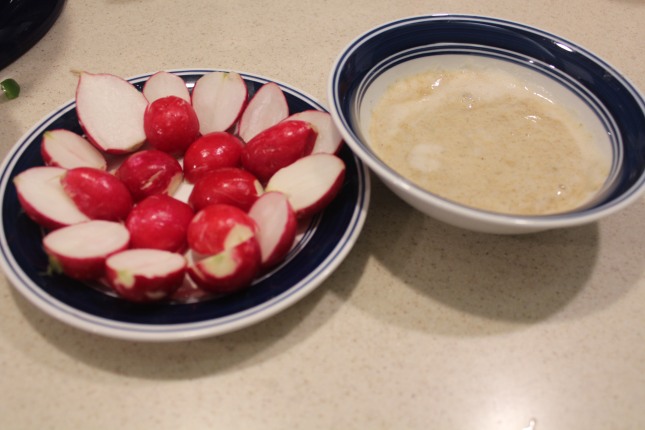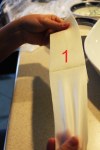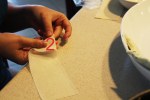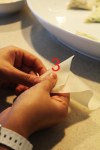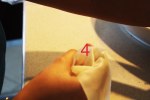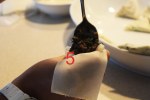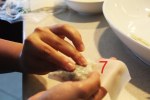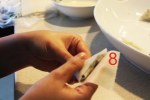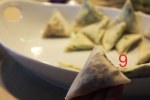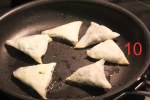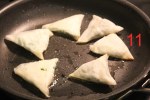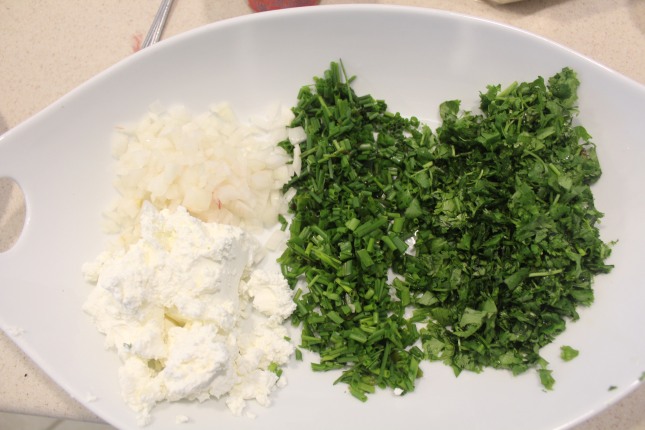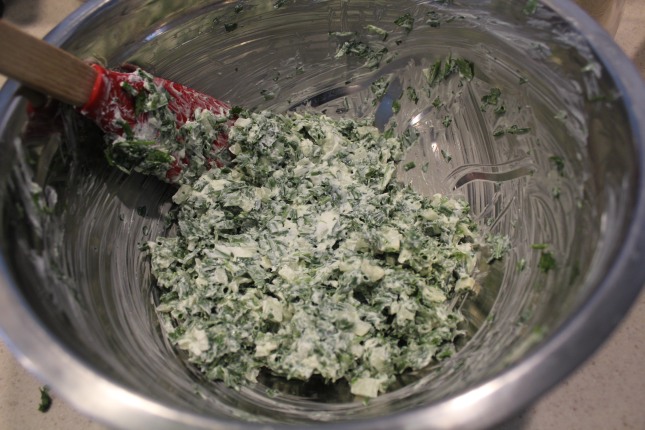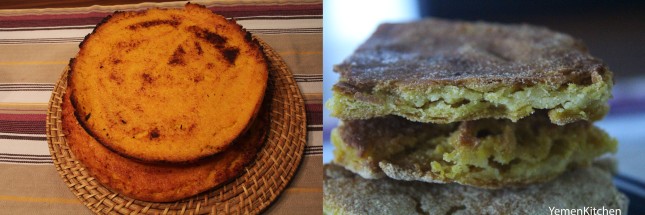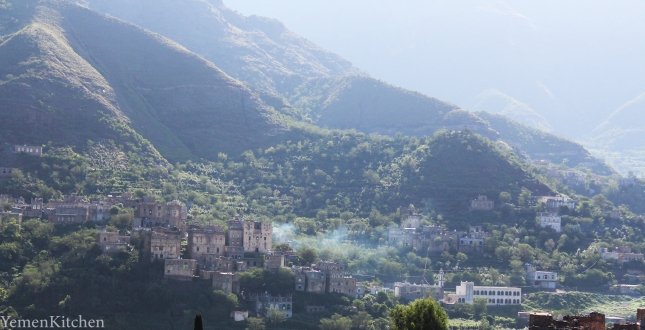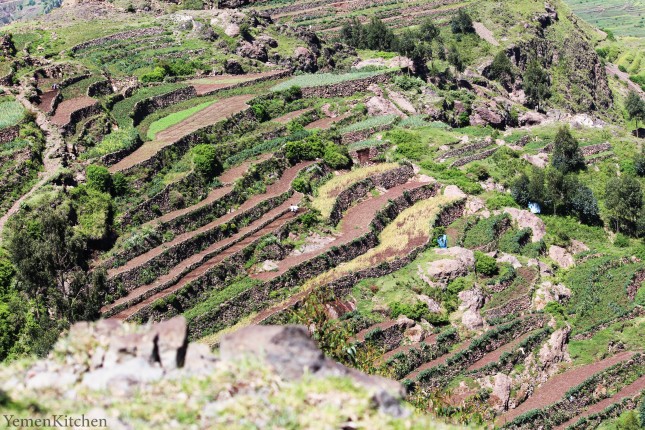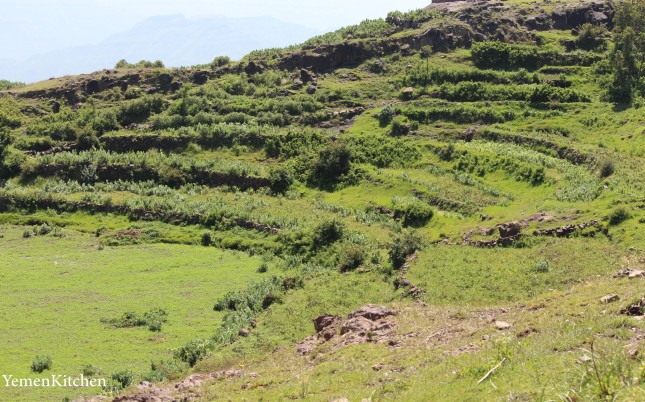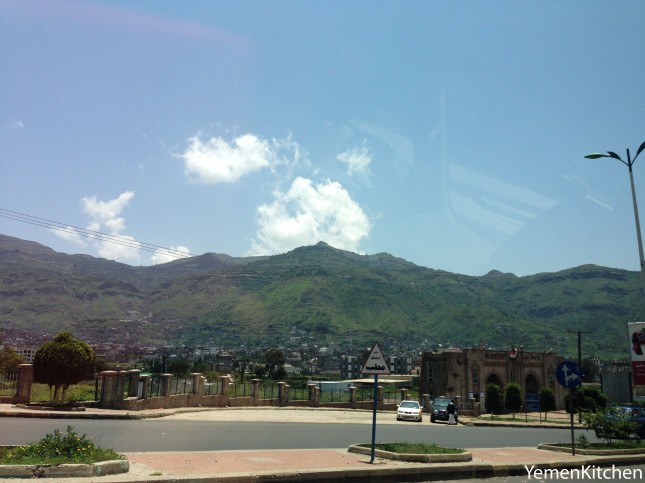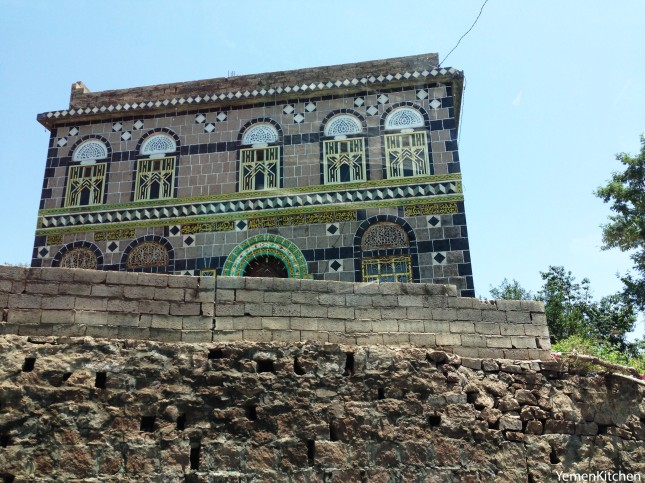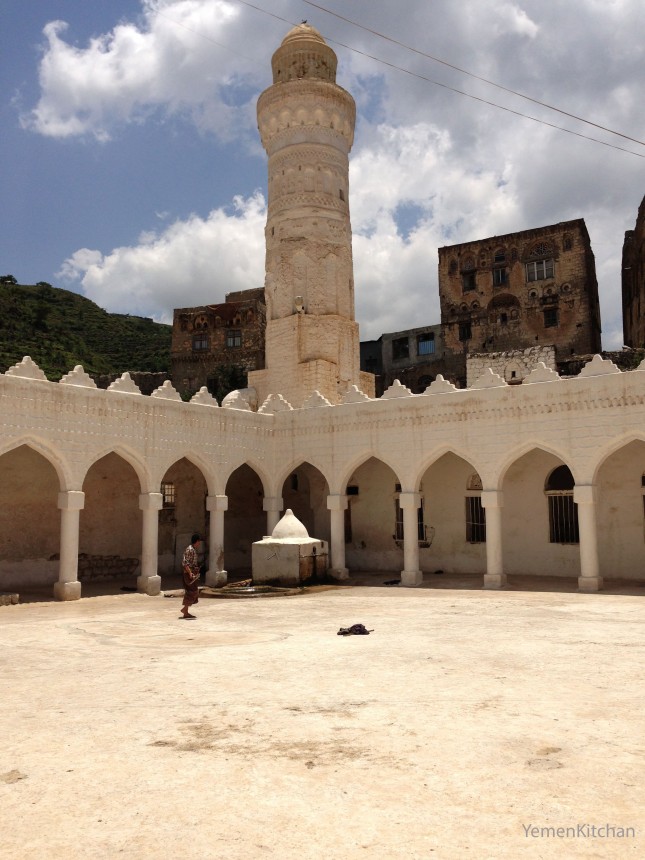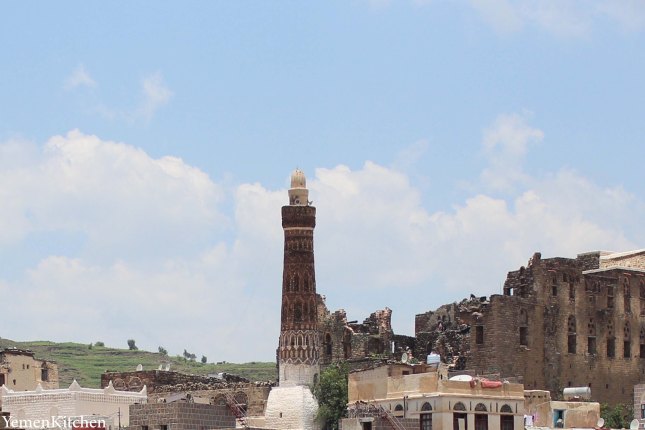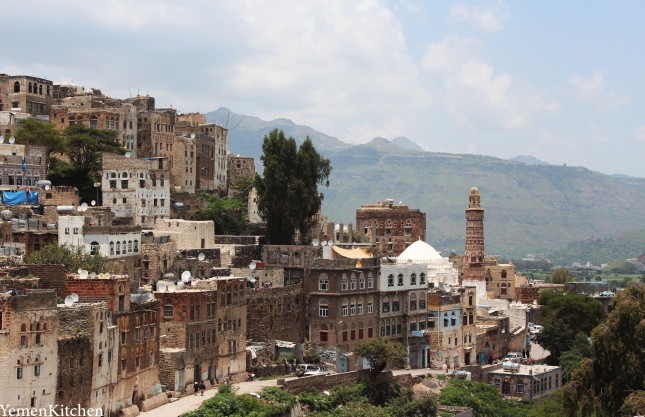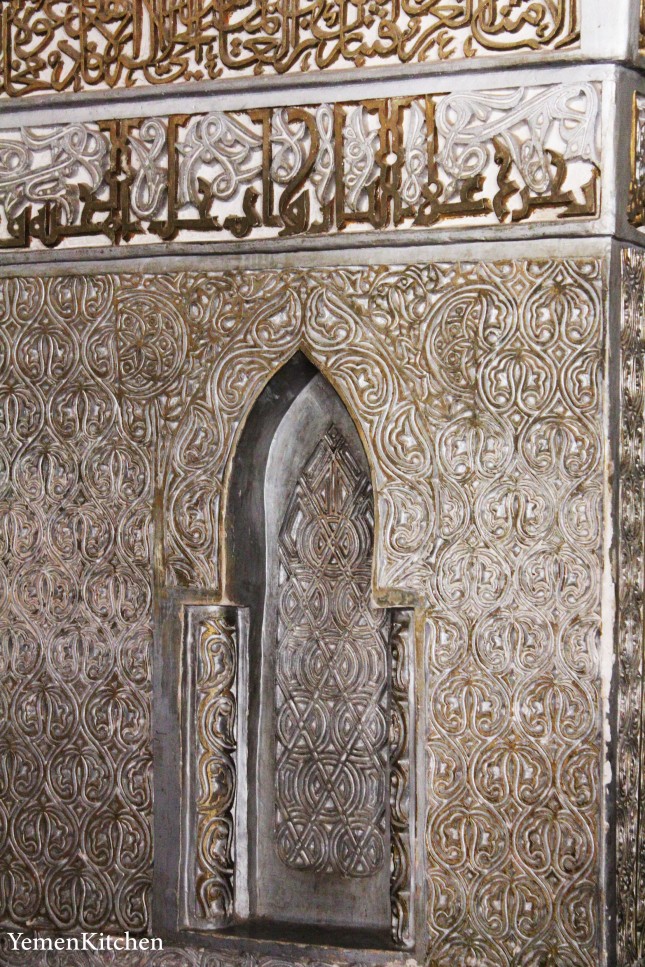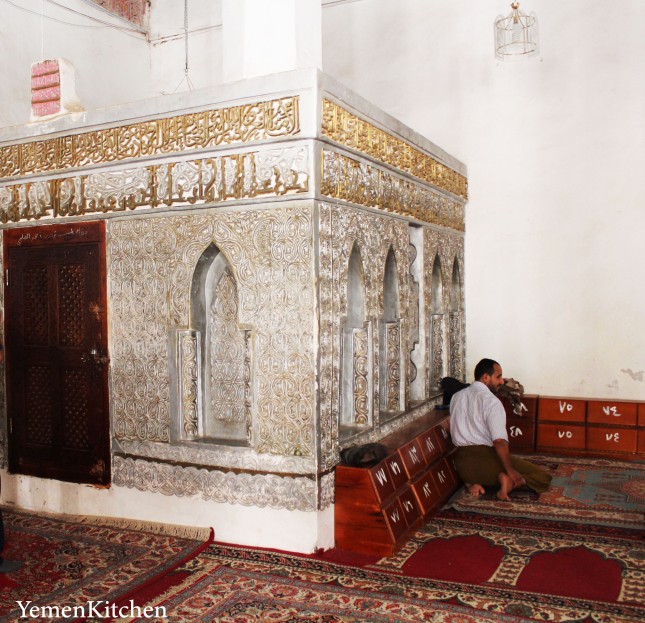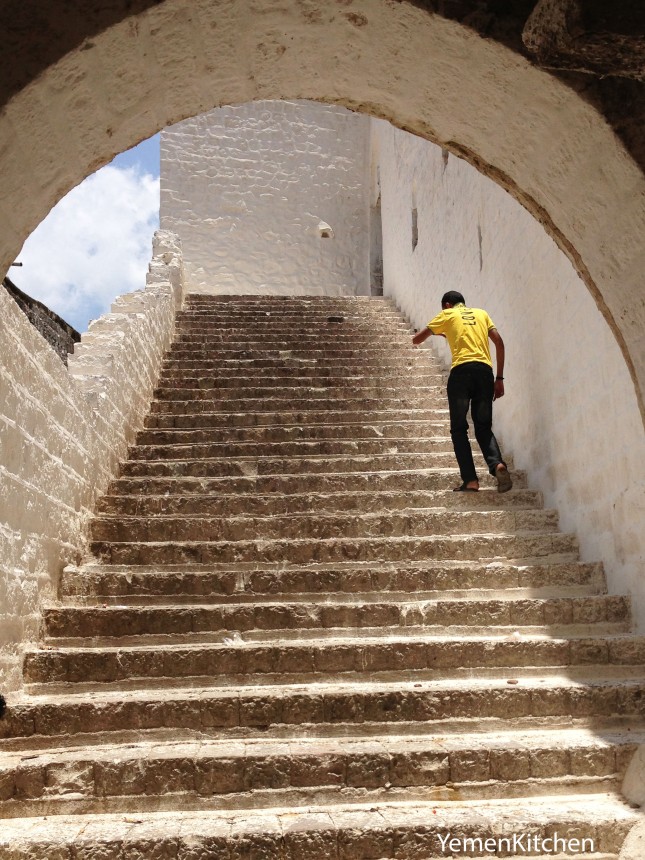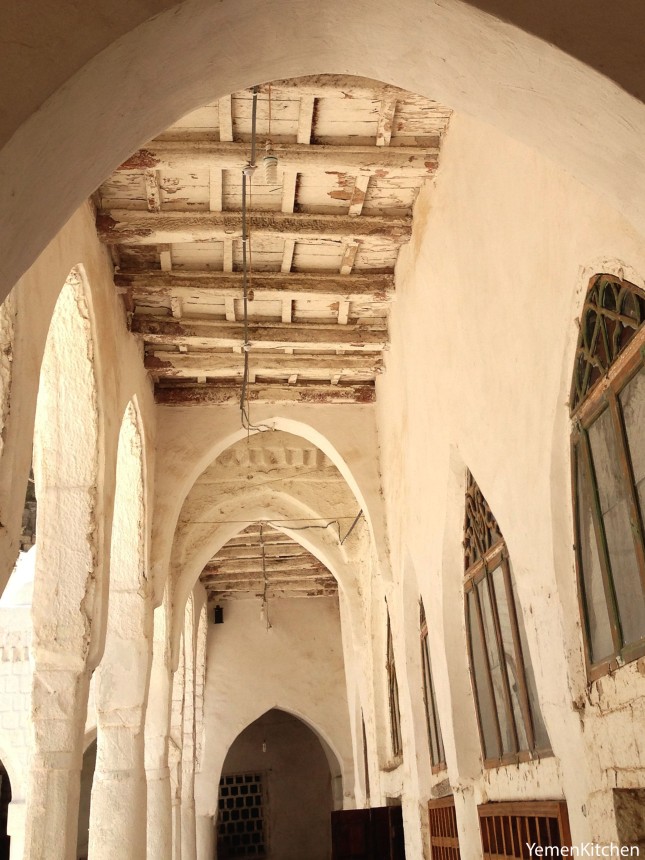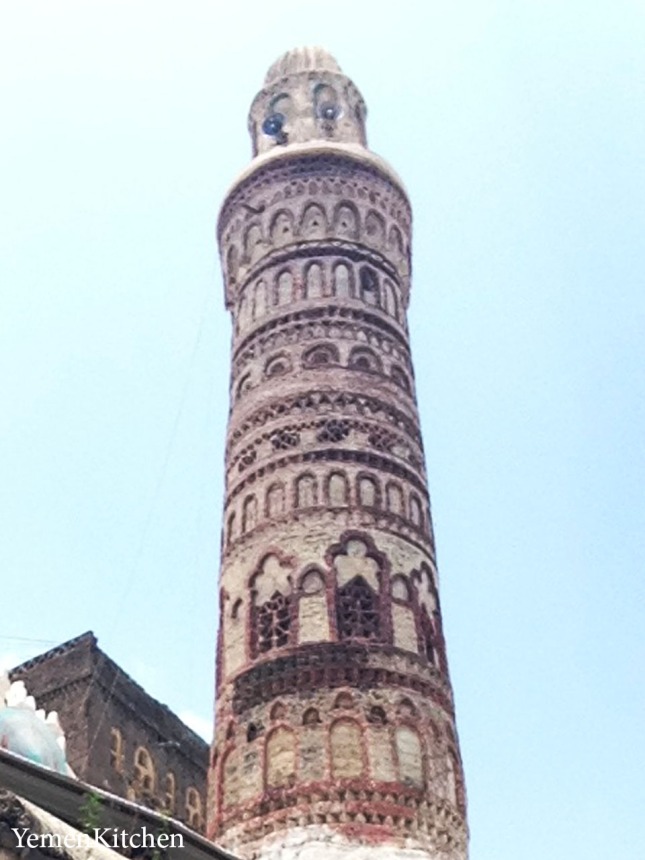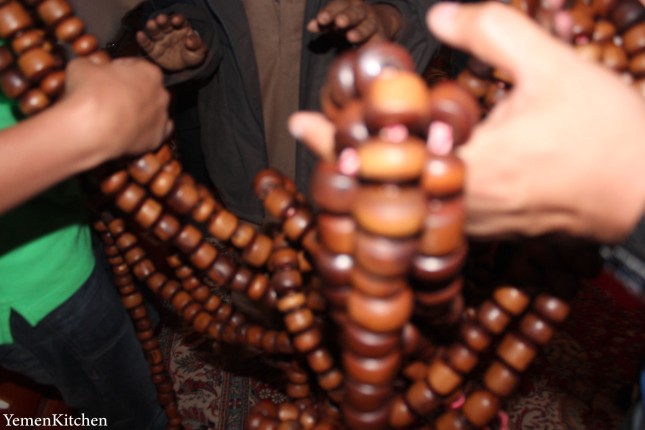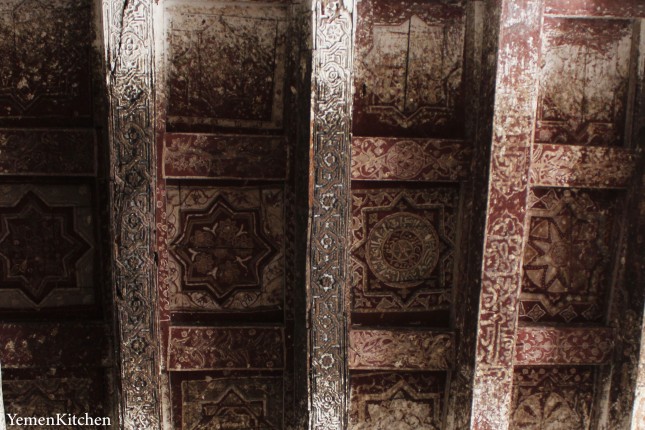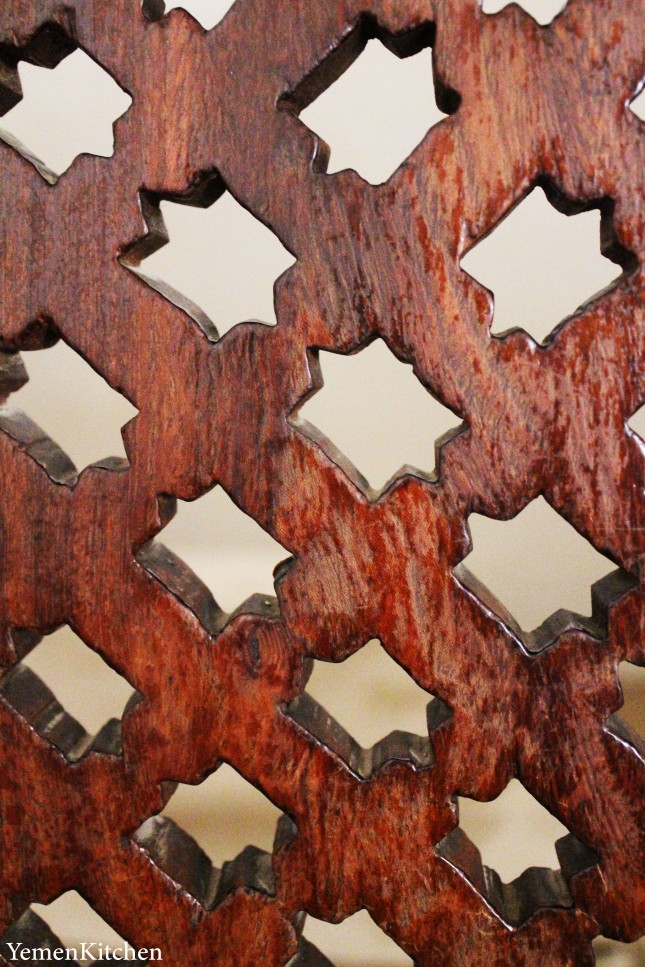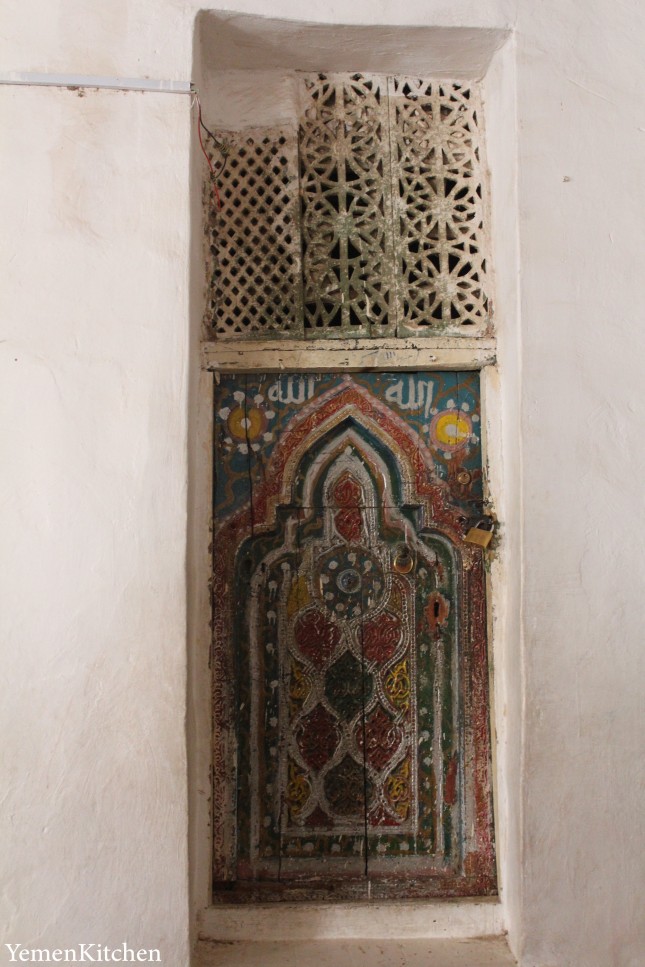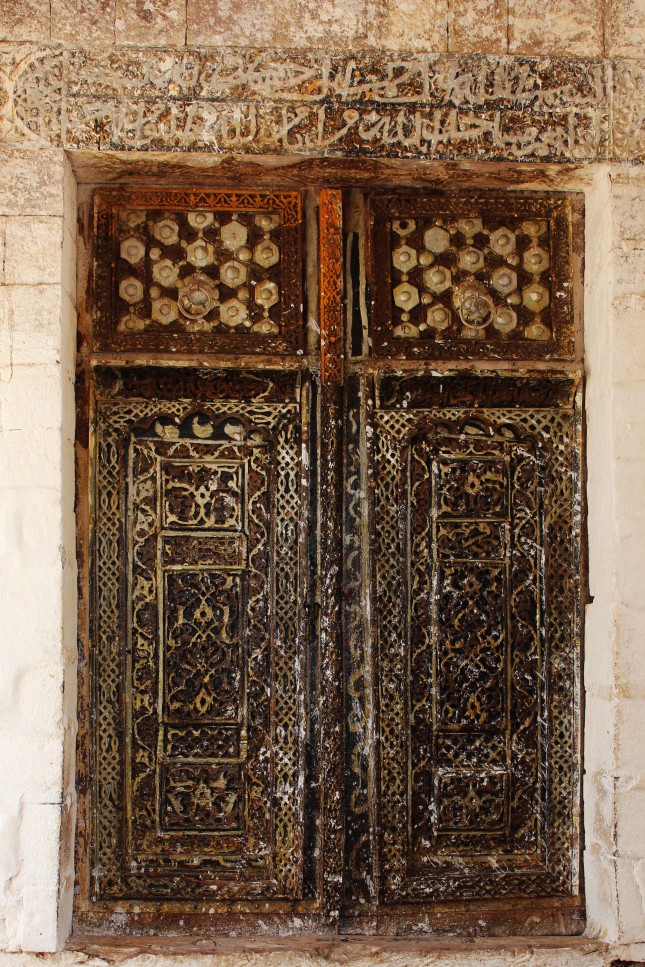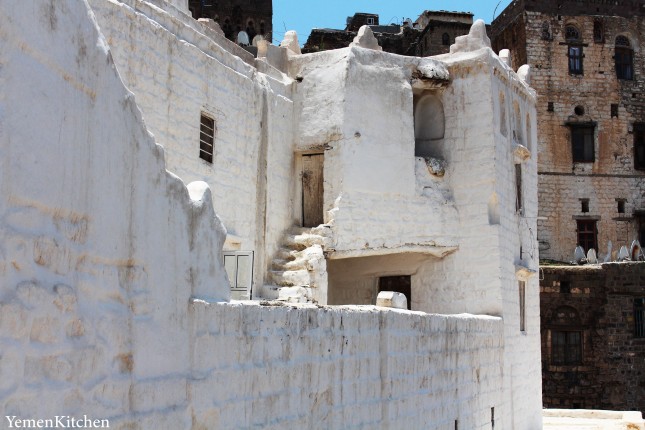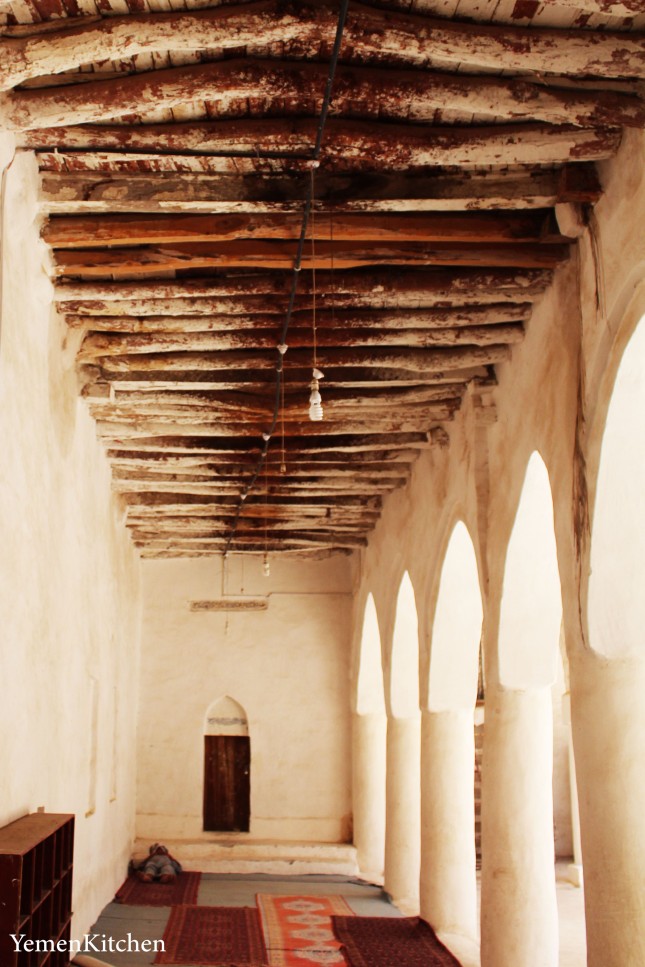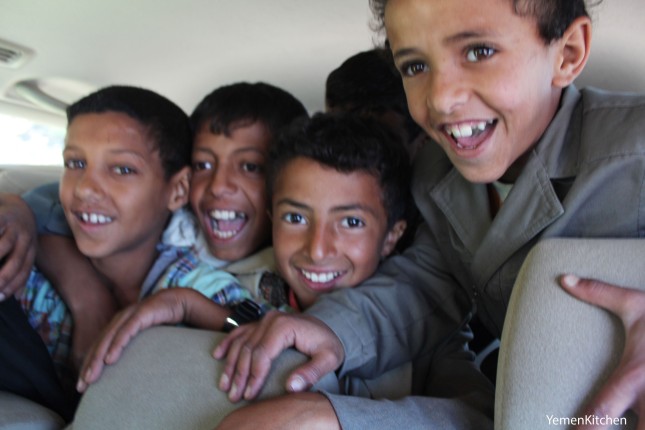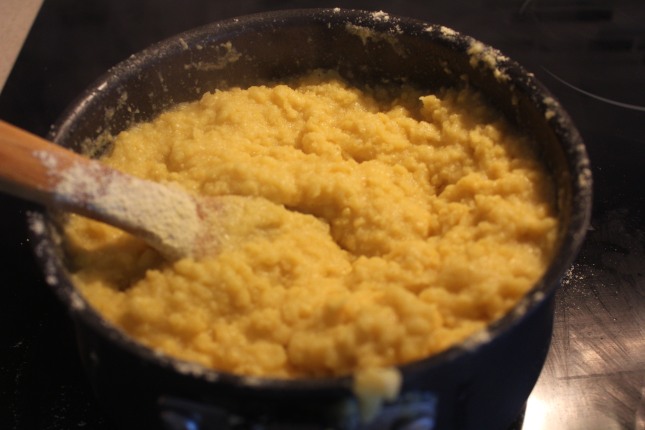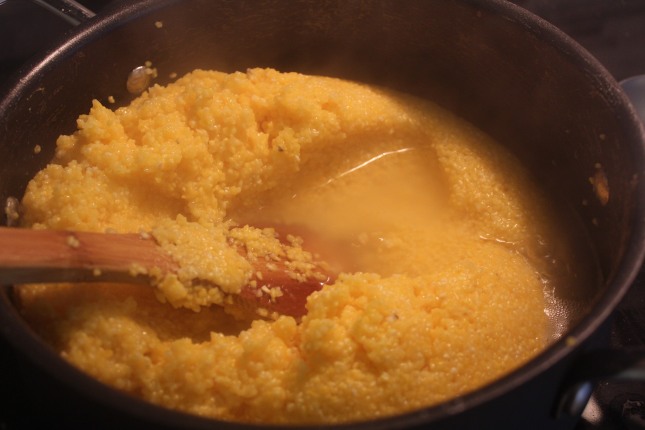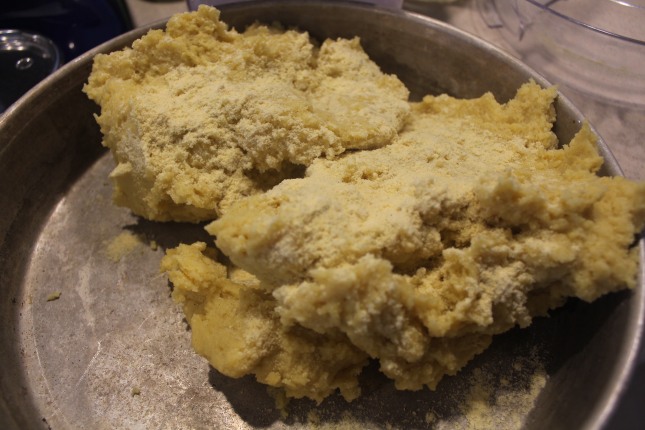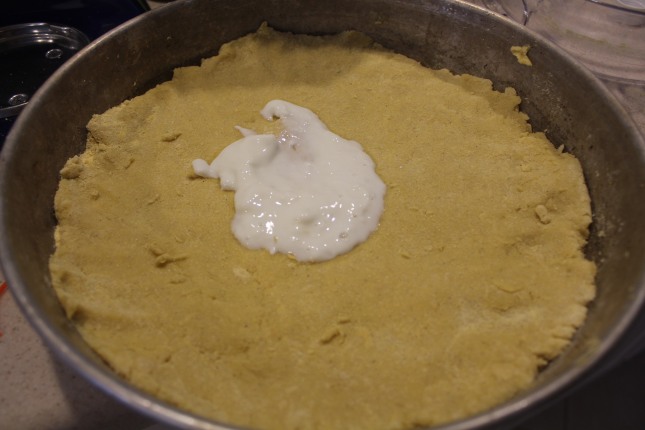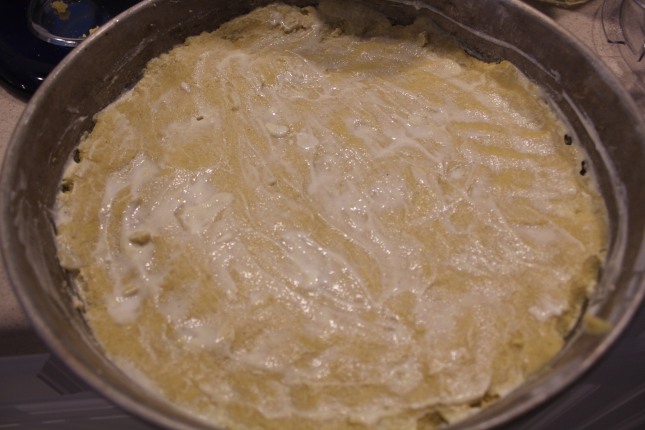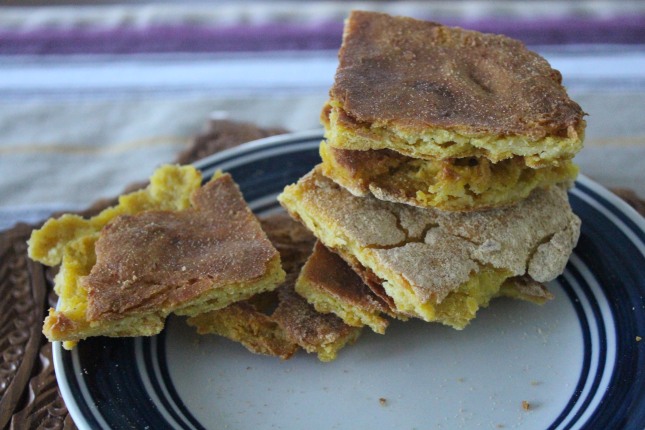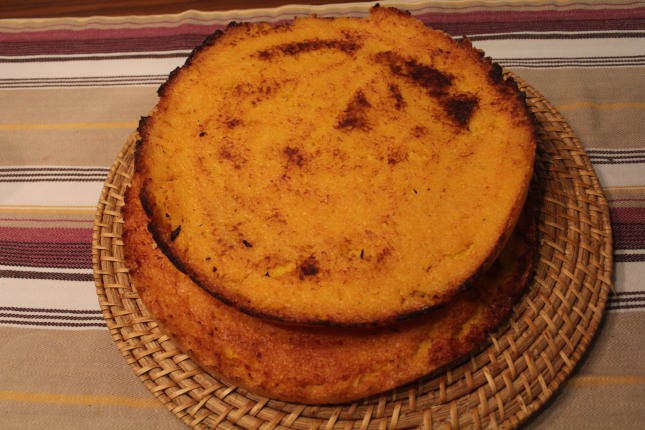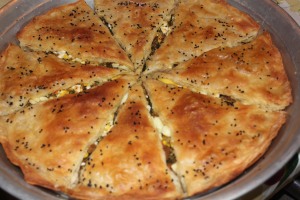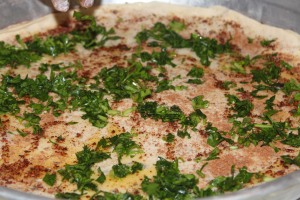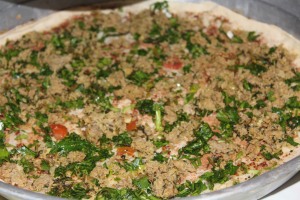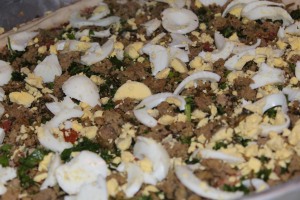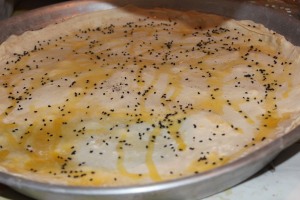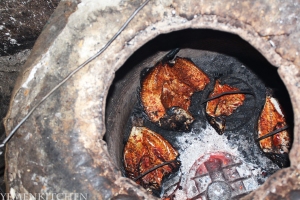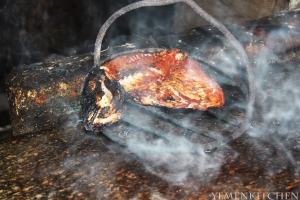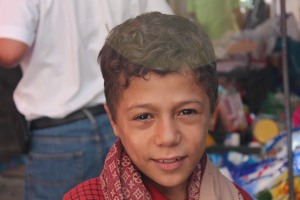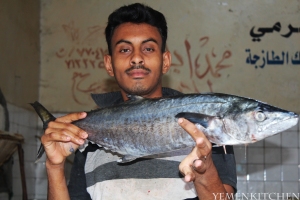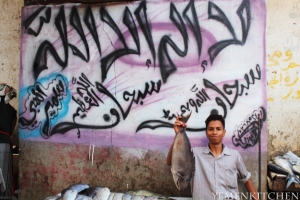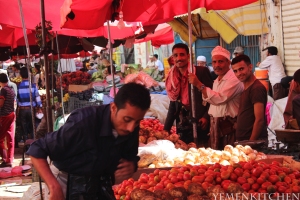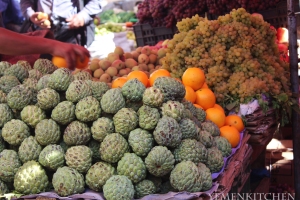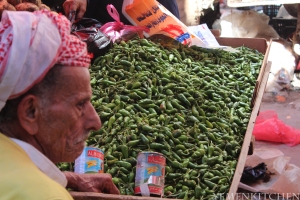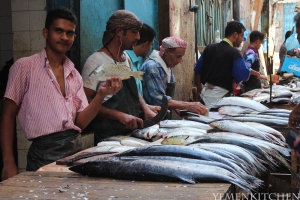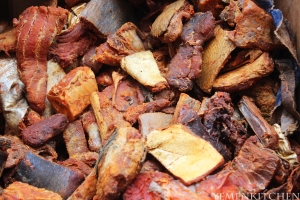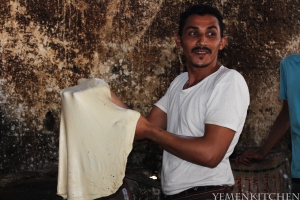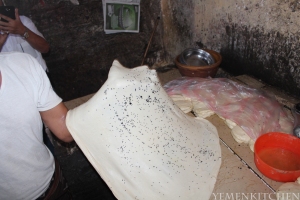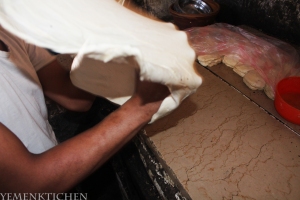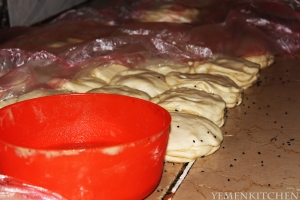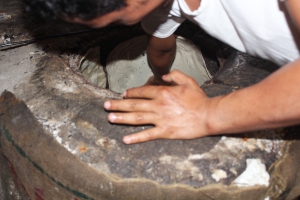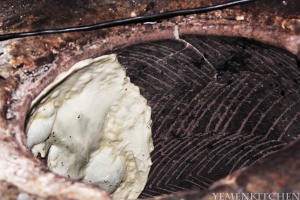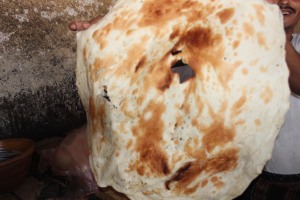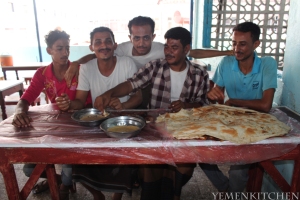Have you ever shared a recipe with your mom? How did that go? My mom taught me everything I know when it comes to Yemeni cooking .She cooks with her instinct. She knows the ingredients and mixtures by heart, so everything she cooked was with no measuring! This was perfectly fine for her with Yemeni cooking because she knows it so well.
I asked her to give me the Sugar Konafa recipe but it was a complete puzzle for me as I try as much as I can to go with measurements to get the same result every time.I had to repeat it over and over until (I think , I got a good grasp on how to do it).
Sugar Konafa is different than the Middle Eastern Konafa that is well known in Lebanon and Egypt and most of Arab countries. It is not stuffed with cheese or cream or nuts or any of that sort. It is simply Konafa layers, Sugar, and butter (or Yemeni smoked ghee), and served warm and right away. Since it’s served with Yemeni Stone dish it helps to maintain it warm for longer time. It totally reminds me with the simple French sugar crepes, where it cannot be eaten cold, or its taste is ruined. Sugar Konafa is the same thing.
This dish comes from Ibb Region and known in some parts of Taiz and its surrounding, some likes it with Yemeni honey, but where I grew up, we love it just with sugar powder because it is lighter.
The flaky Konafa layers melts with sugar and butter or /ghee in your mouth, always reminds me with great memories around the table and savoring its taste. The mixture of the Konafa is so easy, but its technique is tricky. It’s exactly same ingredients of French crêpes, but needs to be lighter. When I tell people about it, surprisingly, many don’t know anything about it.
What you need for Konafa is the Konafa cup which come with three small opened tubes at the end of the cup. If you don’t have the cup, that’s alright, you can empty a condensed milk can and make three holes at the center of one of its ends, and completely remove the lid of the other end, it will work just fine. Later you fill the cup with Konafa mixture and in circular motion you start making Konafa on your non-stick pan.
This circular motion is 90% of the creativity of this dish. If you can tackle it then you easily mastered Konafa. It took me a while to get it right, but hey, taste is totally worth trying to make it.
Konafa Ingredients
1 cup of Whole milk (room temperature)
1 egg (room temperature)
10 eating spoons of white flour
Pinch of salt (as desired)
Flavoring
Sugar powder or Honey (as desired)
Butter, ghee or smoked Yemeni ghee. (As desired)
-Mix Konafa ingredients in your blender all together for 2- 3 minutes, until the mixture is smooth and consistent
-Some Konafa cups or (your home made Konafa cup) in that sense might not get through the mixture as easily. There are many factors that could lead to that, either your cup size or the size of the tubes is not big enough. You need to test it before you start doing Konafa.
Pour some Mixture to the cup, if it was getting out as dot then your mixture is thicker than it should, and therefore the tubes are not getting it out smoothly. So you should add more milk. The mixture should flow quickly and smoothly , like you are running water through it , but be careful to get it super light , then your konafa will fail! As my mom would say, you should trust your gut when you do it, and keep trying, you will then know exactly what it needs.
-After running the test let it sit for 15 mints.
-Prepare the pan, dip in some oil in a kitchen napkin, and wipe the pan with it .let it heat on low temperature. Until it reaches medium heat. You can test the right heat by throwing a drop of the mixture to the pan and see if it dry quickly, then it’s ready.
-Now add the mixture to the cup and move it with your hand to the center of the pan. Quickly get your hand from the center to the side of the pan in along circular motion. This will create circular stripes around the pan. Once you finish them, quickly make circular shapes around the stripes to close your Konafa.
-Once you master your first Konafa, make sure the heat is still low, let it slowly dry up ,but make sure it still white in color.
-Remove it when it’s still white, Konafa should be served white and soft .Never brown and crispy.
-If you made your Konafa on a 12 inch pan then this batch is enough to make you around 15 to 20 layers of Konafa .You can freeze the extra if you want for the next time.
-Now warm the Yemeni Stone dish, with butter to melt on it while it slowly heats up.
– Put 5 or 6 Konafa layers, add more butter on top and powder sugar.
-Continue this process until you finish those layers.
-Quickly move all the layers upside down, to warm up from the top. Make sure it doesn’t get dark brown, only light golden on its sides.
-Garnish with some sugar powder and serve it right away.
This dish is usually eaten as main dish in Yemen, but it can be served as a dessert or at the end of the meal too.
My husband inspired me to try make a fusion of Yemeni Konafa with different types of western desserts. So perhaps I might do that, and you can try that too, and let me know how it turned out.
